8 Tasty Cooking Classes in Tokyo

If you love the idea of being able to replicate your favorite Japanese dish, or even if you just want a fun activity for a rainy day, we have curated a list of some of the best cooking classes in Tokyo!
8 Original Cooking Classes in Tokyo
Here are some of our top picks for cooking classes in the capital:
1. Sushi-making Class in Tokyo at a Michelin-Starred Restaurant
2. Foodie Essentials: Ramen & Gyoza Cooking Class in Tokyo
3. Mochi-making Class in Tokyo
4. Homemade Udon and Traditional Calligraphy Class in Tokyo
5. Bento-making at Japan's Oldest Cooking School
6. Sweet Treats: Strawberry Shortcake Workshop in Tokyo
7. Handmade Soba Noodles Cooking Class
8. Tokyo Wagyu and 7 Japanese Dishes (Kaiseki) Cooking Class
1. Sushi-making Class in Tokyo at a Michelin-starred Restaurant
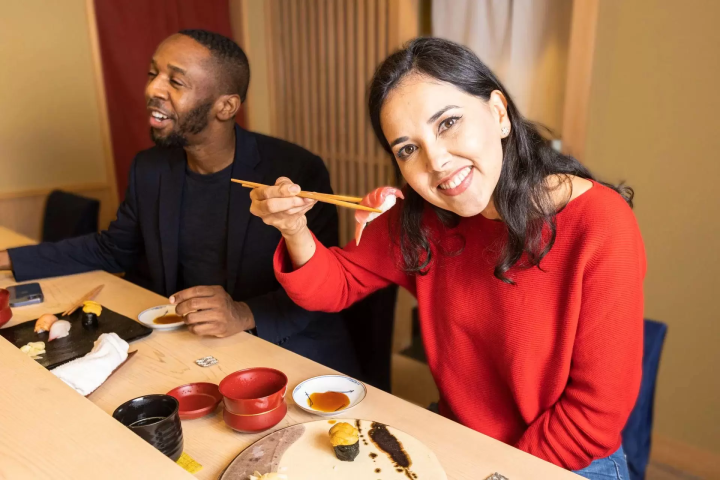
Sushi is the food most commonly associated with Japanese dining. This seemingly simple dish should not be underestimated. If you have been to a good sushi restaurant and also make sushi at home, you will understand how talented sushi chefs are.
This two-hour course costs ¥30,000 and covers the basics of sushi making, without compromising on standards. You will receive training with a Michelin-star chef. All the finest ingredients, professional chef knives, and tools used to make some of the best Food in Tokyo will be at your disposal. Chef Kenji Owana has gone all out with this course and by the end, you will even be able to prepare the wasabi correctly.
2. Foodie Essentials: Ramen & Gyoza Cooking Class in Tokyo
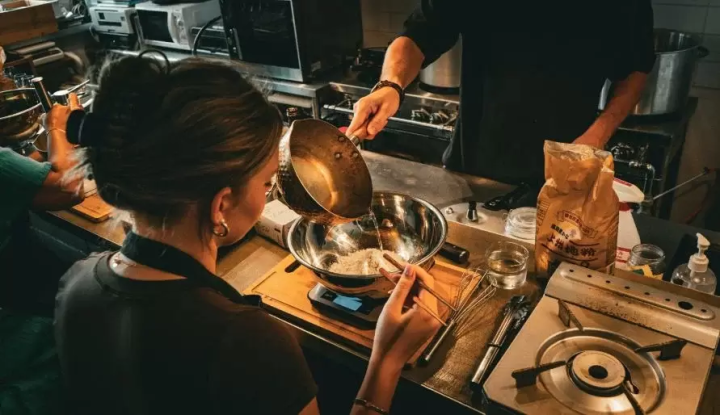
If, like us, you start salivating at the idea of ramen, this is the course for you. Take your ramen to the next level with this four-and-a-half-hour masterclass. You will also learn how to make gyoza, which are dumplings filled with various meats and vegetables.
This course includes all ingredients and you will leave with a handy recipe book. Classes are small with no more than two to ten people and it will cost ¥13,500 per guest. This price also includes a welcome drink.
3. Mochi-making Class in Tokyo
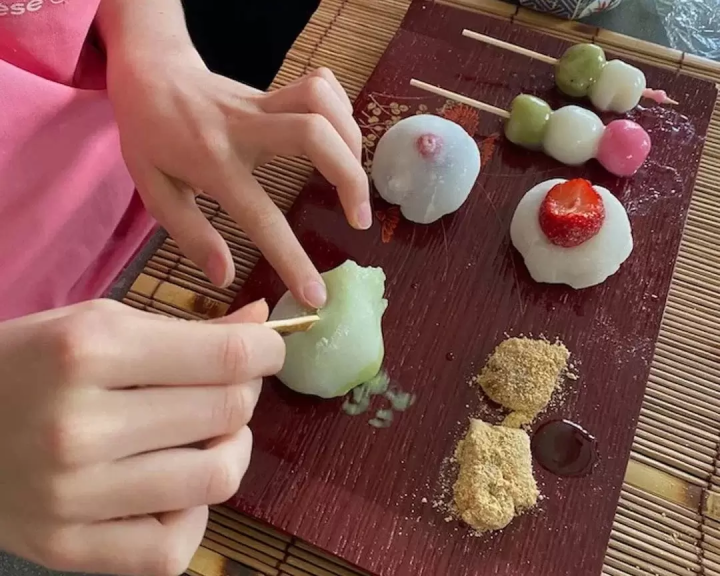
Mochi is a traditional Japanese rice cake. This glutinous treat has gained international popularity in recent years. While not recommended for children under four years of age, this is a course you might find your teenage child excited to do with you. A great option if you are looking for something traditionally Japanese that is vegan or vegetarian.
The class costs ¥10,000 per person and covers four different mochi sweets. You can expect two and a half hours of learning how to make these delicious treats, while sipping green tea and enjoying delicious mochi.
4. Homemade Udon and Traditional Calligraphy Class in Tokyo
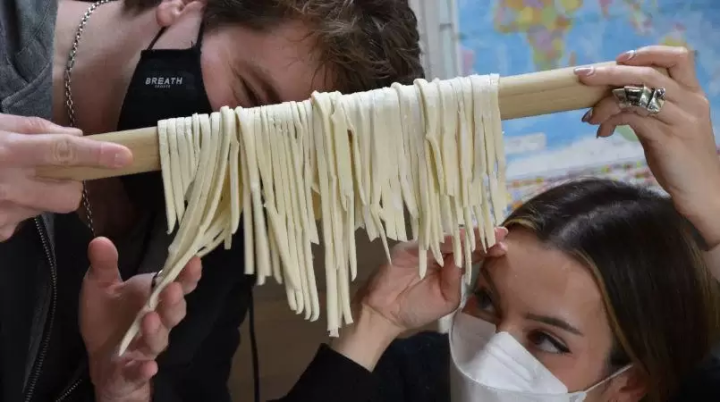
Udon is a thicker noodle than the ones traditionally used in ramen. This type of noodle fills you up and leaves you wanting more. In this class, you will learn not only how to make udon but also get the opportunity to write in Japanese kanji, a system of writing based on Chinese characters, using traditional calligraphy tools.
The class is a combined cultural and culinary experience. Your instructor is a licensed dietician and a calligrapher. She has found a unique and interesting way to share her two passions. Her course runs for three and a half hours and costs ¥12,000.
5. Bento-making at Japan's Oldest Cooking School
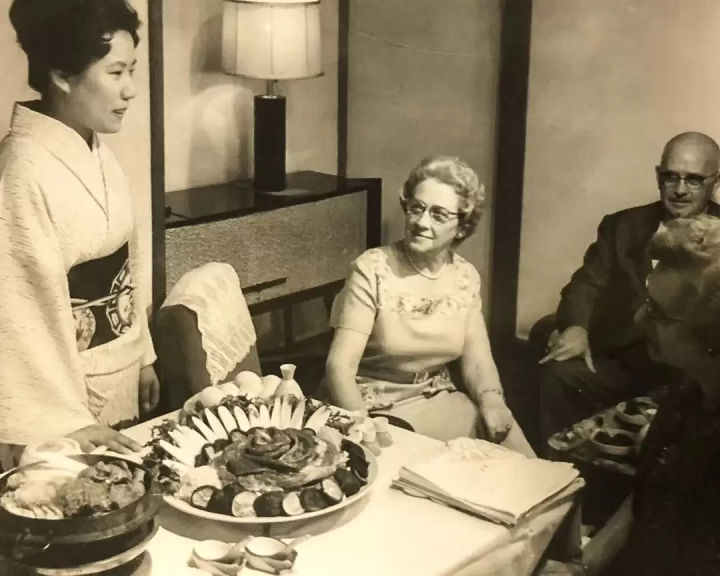
Bento boxes are next-level lunch boxes. They are both beautiful to look at and balanced in terms of nutrition and beauty. Make your lunches a mindful and enjoyable experience, with this original cooking class in Tokyo.
On the day, you will learn to prepare and cook kakuni, which is a braised pork dish. You will also learn how to arrange the various components in a bento box.
If you are serious about attending cooking classes in Tokyo, then Japan's oldest cooking school is a great place to start. Please note that these classes are only offered in Japanese, but if you are comfortable with your language proficiency or have access to a translator, this is a great opportunity to attend an authentic cooking lesson in Tokyo. This course runs for two hours and costs ¥10,000.
6. Sweet Treats: Strawberry Shortcake Workshop in Tokyo
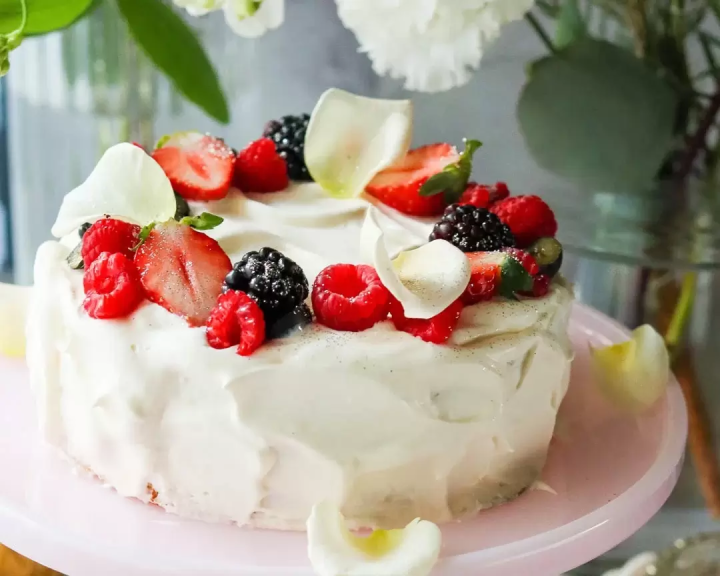
If, like this writer, every time you walk past a patisserie in Japan, you regret all the life choices you have made that have not led you to attend culinary school, this is a great course for you.
The three-hour course is open to all skill levels and is limited to three students, so expect a lot of individual attention. It covers not only Japanese strawberry shortcakes but also decorating and food photography. Attendance will cost ¥19,440, this includes drinks, Ingredients, copies of the recipes.
7. Handmade Soba Noodles Cooking Class
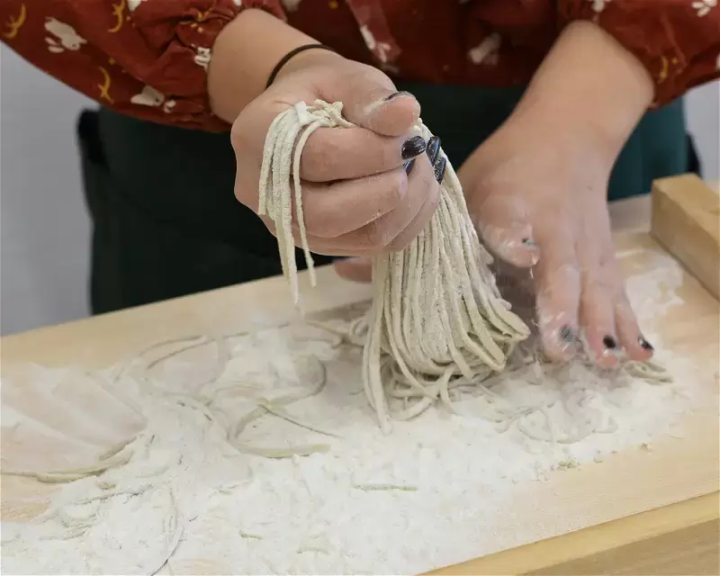
Cold buckwheat noodles in an iced broth, and at just the right moment the wasabi kicks in ... This is a dish we feel everyone should be excited about, but there are many different ways to serve soba. to learn to cook in Tokyo, then this is probably already on your list of must-learn recipes.
This soba noodle course costs ¥12,000 and runs for two hours. It is a great option if you have any vegan, pescatarian, kosher, or halal dietary requirements.
8. Tokyo Wagyu and 7 Japanese Dishes (Kaiseki) Cooking Class
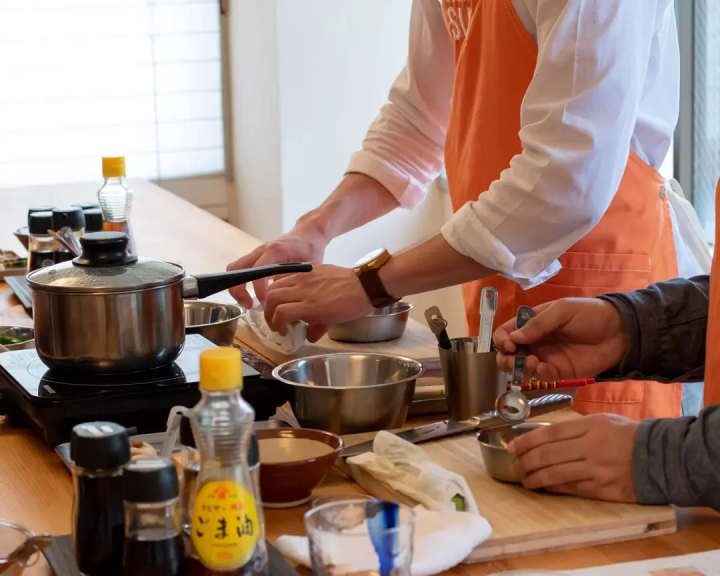
This is a chance to learn more about both wagyu (premium Japanese beef) and kaiseki (traditional Japanese haute cuisine, often in the form of a multiple-course plated meal). The cooking class changes monthly, so it's a great activity to do regularly if you want to learn to cook in Tokyo.
The instructors are quite accommodating with dietary restrictions, so vegetarian, halal, pescatarian and kosher eaters are all welcome to attend—and the teachers will demonstrate how to substitute accordingly.
This course runs for three hours and will cost ¥9,500. Children under five years old are free, and you will only need to cover the cost of their ingredients.
Also check out the Tokyo cooking class section on byFood, where you'll find an even more comprehensive selection!
Written by Azeem Essa, for by Food.
ByFood.com is Japan's one-stop platform for foodie travelers. You can book food experiences like cooking classes and culinary tours, make easy restaurant reservations without using Japanese, and order gourmet products from local businesses.
The contents on this page may partially contain automatic translation.
































![[2026] Top 5 Strawberry Picking Spots in Tokushima, Naruto| Farms and Access Guide for January to May](https://resources.matcha-jp.com/resize/720x2000/2025/03/06-227165.webp)
![[Yamanashi/ Hokuto City] 4 Hot New Spots Opening in 2026](https://resources.matcha-jp.com/resize/720x2000/2025/12/12-252747.webp)


